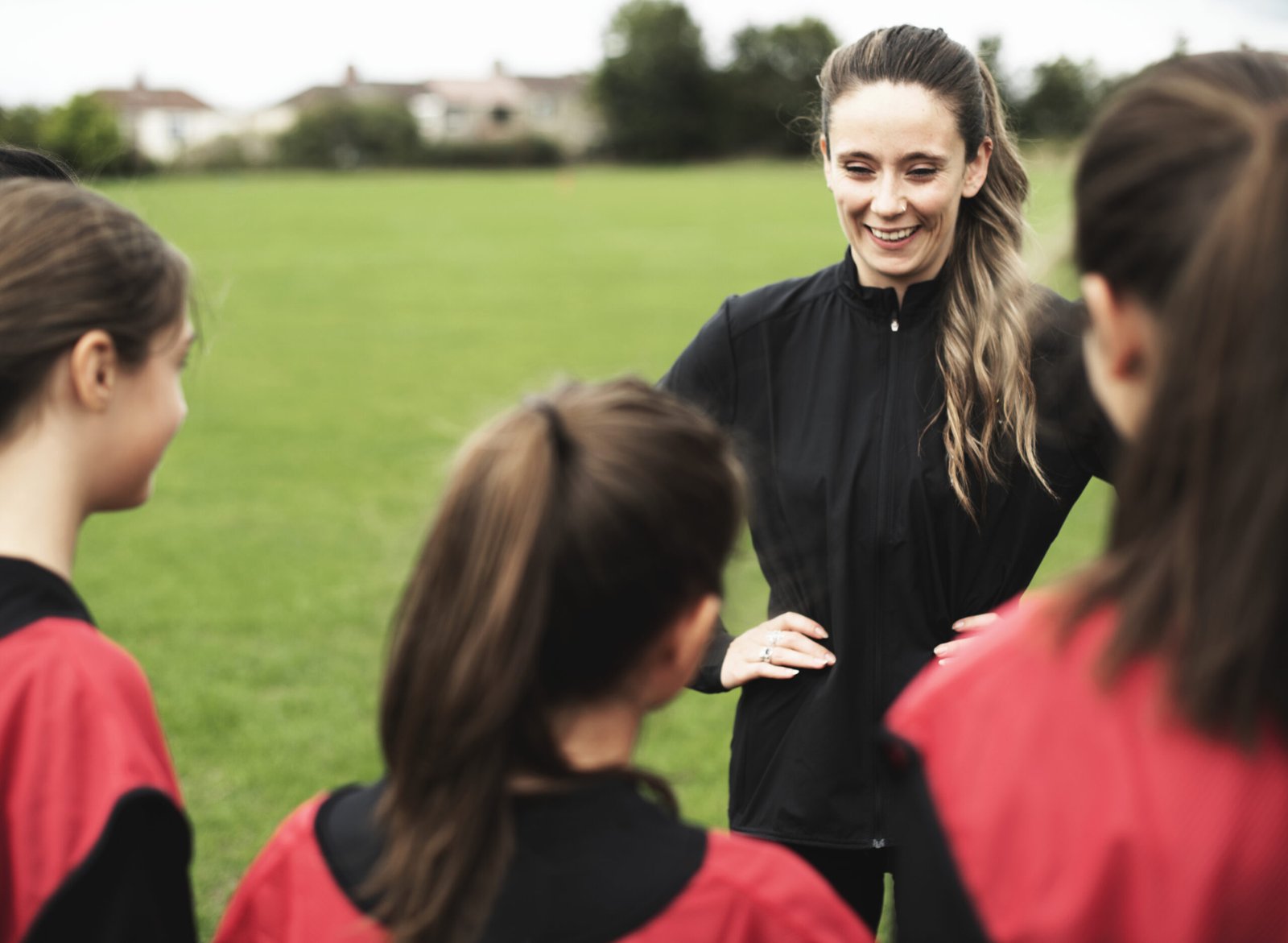Employment in sport in the UK fell during the first year of the Covid pandemic with latest figures suggesting a drop of around 3% (13,000 people) between 2019 and 2020. This comes after a gradual rise in more than 40,000 people across the decade up to 2019.
The UK remains way out in front of the rest of the European nations in terms of employing people in the sport and leisure sector. The total European sport labour market, still including the UK as one of 28 nations despite its exit from the EU, rose in the past decade from 1.5m people to 1.8m, but fell sharply in 2020 by 3.7% to 1.7m.
The top four countries were the UK, with 24% of Europe’s sport labour force (415,000 people, down from 428,000), Germany with 13.5%, Spain 11.5% and France 10.6%. As a percentage of their country’s entire workforce, however, Sweden (1.6%) and Iceland (1.39%) came out ahead of the UK (1.3%), which has dropped to its lowest level of the total UK workforce in more than a decade.
The statistics are based on figures gathered by the European Observatoire for Sport and Employment (EOSE) from Eurostat and the UK’s National Statistics Office. They come with caveats as some countries use slightly different methodology or reporting, but EOSE has been collating the figures over the past decade and they provide a clear insight to the trends of employment in sport.
The most popular sports roles in the UK were sport coaches, instructors and officials at 53% of the sport workforce with fitness, recreation and programme leaders making up 40%, which was similar to the European stats. Athletes and players made up 6.9% of the workforce compared to 8.4% in Europe.
Across Europe, young people and female sport workers were most impacted by Covid and experienced falls in employment. However, this was not replicated in the UK where more people aged 15-24, and over 50 years, were employed in sport as a whole, while the 25-49 bracket fell by 3.6%, and the female share of the UK sport market rose by 2.2% to 46.2% (though is still down on 2011 gender share of 47.3%).
Sports organisations in the UK reported a loss of nearly 20,000 people in 2019-20, and again there were trends of retaining or hiring more people aged 15-24 and over 50, and releasing people aged 25-49. Sport and fitness workers also experienced a sharp fall in employment for those aged 25-49, and also in the younger 15-24 age band, with a 2% jump in those aged 50-plus – but an overall loss to the sector of nearly 7,000 people.
The statistics show that the number of part-time and self-employed workers both suffered falls in the UK, which may be a result of the drop in sport activity led by casual or self-employed coaches and instructors during the Covid lockdowns. However, while part-time workers also dropped, the self-employed workforce grew across Europe as a whole during the pandemic.
There was also a large decrease in people with low or no qualifications in the UK workforce in 2020, suggesting a more qualified workforce, despite lockdown challenges forcing training and qualification courses online and preventing many from taking place at all.
Infographics summarising the UK and European figures, courtesy of EOSE, are provided below.
National_Fact_Sheet_2021_United_KingdomEuropean_Fact_Sheet_2021






Thought Piece from Charlie Raeburn for Reform Scotland